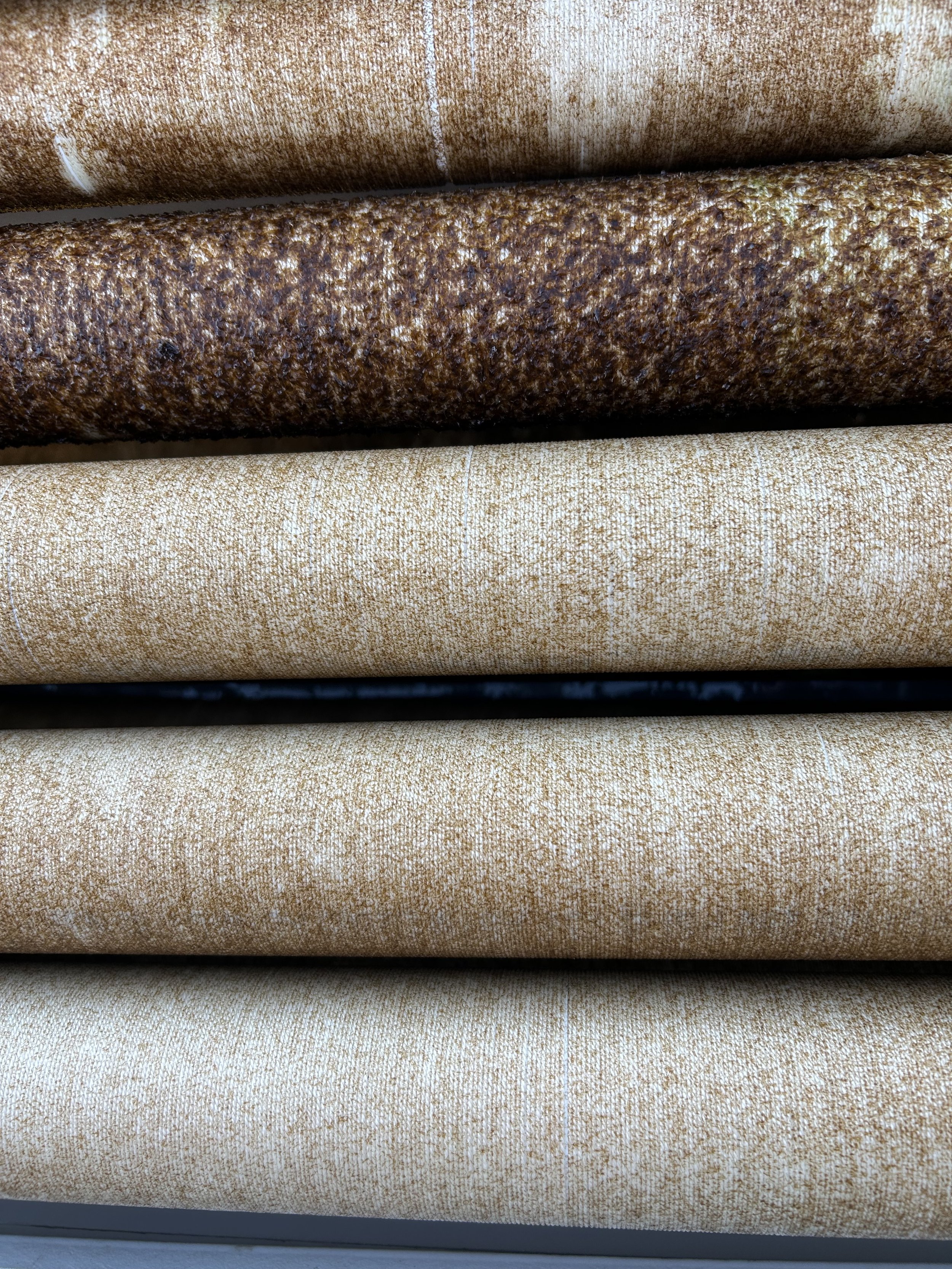
Eat More Kelp
To provide healthy, environmentally conscious food to schools, institutions, and local restaurants.
Our Mission
KELP FOR YOUR HEALTH
KELP FOR YOUR HEALTH
High in Vitamin A & Vitamin K
Kelp can aid in digestion and help treat gastrointestinal ulcers. Its soluble fiber can help remove cholesterol from the body.
Rich in Iodine, Folate, Calcium, Magnesium, & Zinc
Kelp has antioxidants including carotenoids & flavonoids. These may increase cardiovascular health and prevent cancer.
Kelp For The Planet
-

Carbon
Kelp acts as a carbon sink capturing carbon through photosynthesis. This process is known to mitigate climate change. Kelp is known to be able to absorb more carbon than land forests.
-

Nitrogen
As farmed kelp grows at its rapid rate from November to April(ocean temperature dependent) a large part of this sea veggie’s diet is nitrogen. In coastal regions the high levels of nitrogen in the water comes from runoff.
-

Habitat
Natural Kelp forests provide food, shelter and protection for about 30 different marine animals to include fish, sea otters, seals and invertebrates. Large quantities of wild kelp harvesting could threaten kelp forest growth, making farming a viable and essential way to clean the oceans and harvest for food consumption and various other uses.

Meet the Team
-

Ken Sparta
Owner, Farmer
Ken Sparta founded Spartan Sea Farms in 2019 with his son Leo Sparta in Freeport, Maine. They grow oysters and kelp. He is a founding member of Maine Family Sea Farm Cooperative and sells products at his restaurants Freeport Oyster Bar and his sandwich shop Sparta’s Sips and Subs.
Spartan Sea Farms is operating a new kelp seed nursery for the MSFC in partnership with GreenWave.
Ken is passionate about growing kelp and expanding the kelp market. He has delivered direct to consumer, has jarred pickle stipes and spicy kelp relish, and is now operating Nauti Foods which produces an amazingly tasty veggie crumble. Ken loves kelp!
-

Allison Sawyer
Chief Operating Officer






